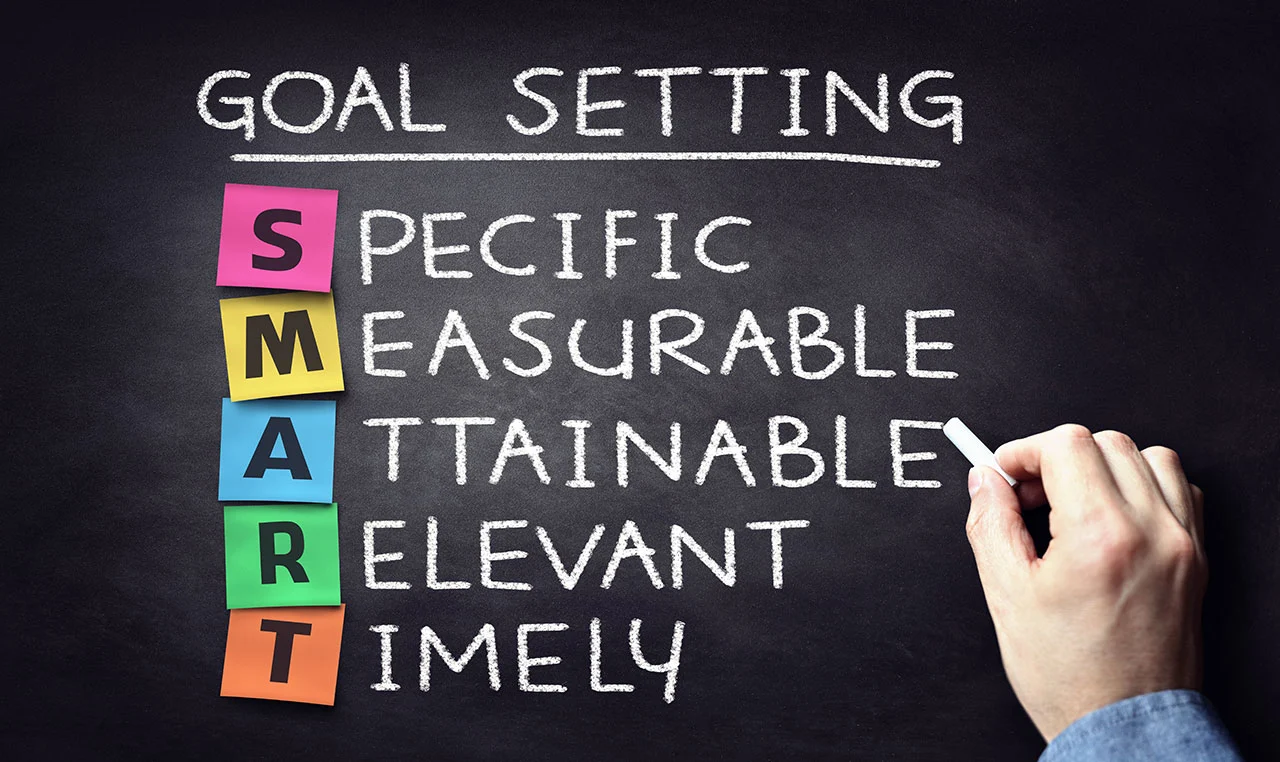
Jeff McLanahan
Contributing Writer
American Residential Services
Alignment on goals is crucial to ensure teams work on those tasks that provide the highest value, yet goal setting is, in many cases, simply a “check the box” exercise.
When company goals are determined, the most successful organizations apply some simple steps including cascading SMART goals, making goals agile, and linking goals to the personal development of individuals to increase engagement.
Cascading SMART Goals:
All goals, including company goals, should be created in the SMART format. As a reminder, SMART goals are:
Specific – The goal clearly defines the desired outcome(s).
Measurable – Achievement of the goal can be assessed based on the defined measurement.
Attainable – The goal is not so lofty as to be out of reach (stretch goals are fine).
Relevant – The goal is in alignment with branch, department, and company goals.
Timebound – The goal includes a target date or timeframe.
Once company goals are set, these need to be cascaded down through the organization from one level of management to the next. Each of these leaders in turn create specific team goals and then those leaders help their individual employees create goals that support the team goals through the jobs they perform daily.
One note of caution: Be careful not to set too many goals as this can be overwhelming. In his book, Good to Great, Jim Collins says, “If you have more than three priorities, then you don’t have any.”
Making Goals Agile:
As the saying goes, “The only constant in life is change.” Business conditions will change during the year and at some point, goals may change. In many companies, goals are set during annual performance reviews and are not reviewed again until the next annual review. Goals should be reviewed regularly, perhaps during 1:1s between managers and employees. When conditions warrant a change, goals should be altered to reflect the current business conditions and requirements.
Goals may also be reviewed during team meetings. Allowing employees visibility into the goals of others can keep people from doubling up on efforts and can also help generate new ideas and perspectives and provide more opportunities to learn from one another
Link Goals to Individual Development:
As we make progress toward goals, it is natural to gain self-confidence and satisfaction, so try to tie goals to developmental activities for each employee. Providing these growth opportunities will help employees reach their career ambitions and the future needs of the company.
A quick example is allowing a certain level of autonomy to the employee in how they achieve each goal. This will not only increase their commitment, but will also allow you to observe their planning, creativity, and critical thinking skills.
Former New York Yankee Yogi Berra once said, “If you don’t know where you are going, you’ll end up someplace else.” Make sure your team knows where you and the company are going, so they DO NOT end up someplace else!
Customer feedback will help align your goals to greater effect, ensuring quality service. Personal development is at the heart of creating a successful workforce. Providing resources for team members to grow professionally engages them to support the teams’ goals.

